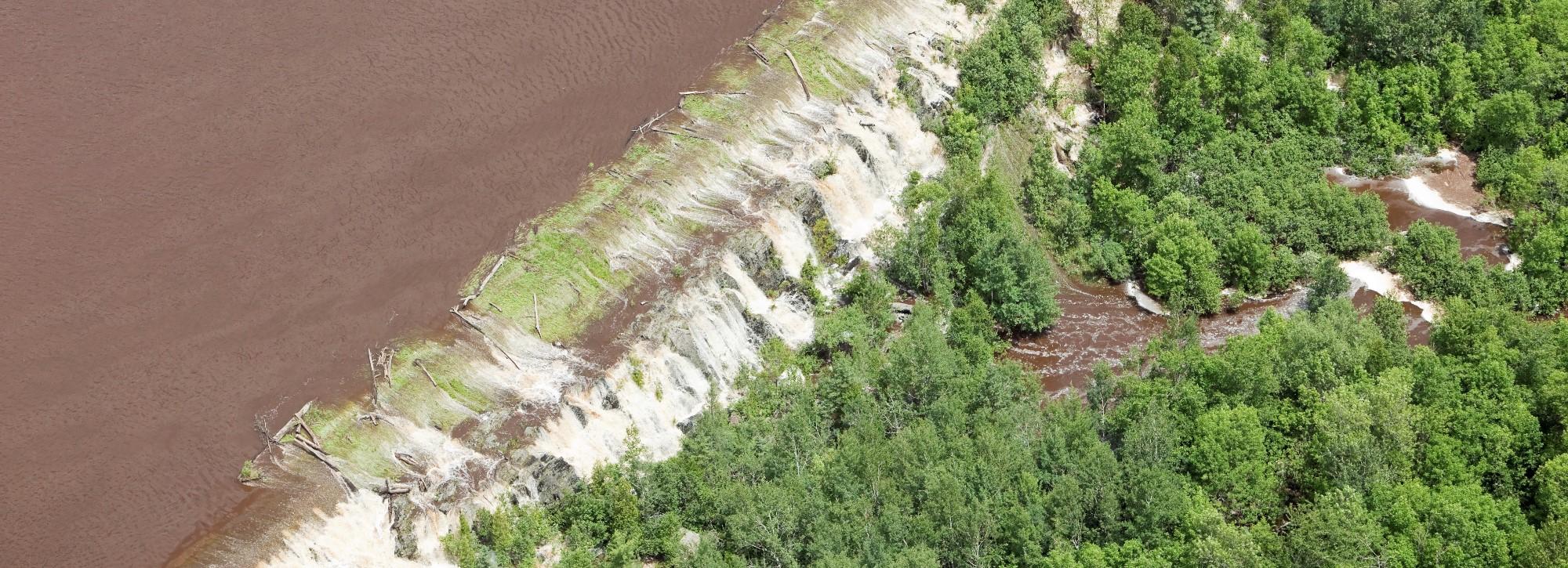
International guidance on levees
HR Wallingford has been at the forefront of the development of new international guidance on the design, construction and management of levees. The International Levee Handbook pulls together current knowledge, experience and research into a single, comprehensive handbook. HR Wallingford was a key part of the authorship from the beginning, and acted as technical lead for the project.
Levees in flood defence
Levees, or flood embankments as they are usually called in the UK, are raised earth structures that provide protection against flooding along coasts, rivers and waterways. A large number of levees now exist, but few were originally built to modern standards. Despite their apparent simplicity they can be surprisingly complex structures. A rigorous maintenance schedule is vital if levees are to perform well when they are tested during a storm.
The role of levees in flood defences has received increased attention in recent years, mainly due to events such as hurricanes Katrina and Rita (2005) in the USA, the Xynthia storm in France (2008), flooding in Southern Pakistan (2010) and events along the Mississippi in 2011. When levees fail during such events, it is no surprise that huge amounts of money and time end up being spent on building new levees, or repairing existing structures. These events have raised many questions about management practice, resource commitment and their general suitability as flood defences.
Developing international guidance
HR Wallingford and a number of other organisations in various countries set up a study to scope the possible production of international guidance on levees that would pull together current knowledge and experience in to a single, comprehensive handbook. This was the first time there had been such international collaboration on this subject. In 2010 the scoping report set out the business case for new international guidance and the International Levee Handbook started to become a reality, with HR Wallingford acting as project technical lead. Now complete, the aim of the handbook is to provide practitioners with the tools and knowledge to undertake sustainable levee design, construction and management practices.
Six different countries were involved with the development of the International Levee Handbook, France, Germany, Ireland, the Netherlands, the UK and the USA. Each participating nation is benefitting from knowledge and experience gathered from around the world. It is important to note that the international levee handbook is not aimed at overriding existing national guidance that already exists but draws the information together.
One of the most valuable outcomes of this project has been the building of international knowledge, relations and the sharing of ideas for the future on levee design, monitoring and maintenance.
Order a copy of the handbook
The International Levee Handbook is available to order from CIRIA, London (visit www.ciria.org).
Want to know more?
